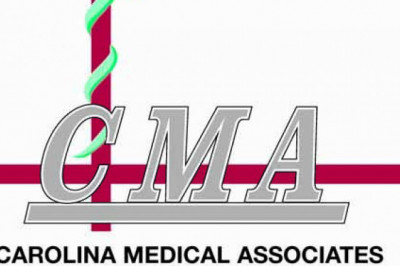views

A Comprehensive Guide To Dental X-rays
Dental X-rays (radiographs) are images of your teeth that are taken with low levels of radiation to show the interior of your teeth and gums. They allow dentists to see diseases of the teeth and surrounding tissue that a simple oral exam cannot. They also assist the dentist in detecting and treating dental problems early on, which can save you money, unnecessary discomfort due to other severe complications such as cavities, tooth decay, and impacted teeth. Dental X-rays may appear complicated, but they are actually very common tools that are as important as teeth cleanings. In this blog coming, you’ll get all the information you need about dental x-rays coming straight from our emergency dentists.
Guide to Dental X-rays
Why Dental X-Rays Are Performed?
Dental X-rays are usually taken once a year. You may require them more frequently if your dentist is monitoring the progress of a dental problem or treatment. The factors that may influence how frequently you have dental X-rays include your age, your current oral health, any oral disease symptoms, or a history of gum disease (gingivitis) or tooth decay.
At Emerdency, if you're a new patient, you'll most likely be subjected to dental X-rays, so our dentists can get a complete picture of your dental health. This is especially important if you don't have any previous dentist's X-rays.
Children may require more frequent dental X-rays than adults because the dentists may need to monitor the growth of their adult teeth. This is significant because it can assist the dentist in determining whether baby teeth should be extracted to avoid complications such as adult teeth growing in behind baby teeth.
Are There Any Risks Of Dental X-Rays?
While dental X-rays do expose patients to radiation, the levels are so low that they are considered safe for both children and adults. Your radiation exposure risks are reduced even further if your dentist uses digital X-rays instead of developing them on film.
Your dentist will also place a lead "bib" over your chest, abdomen, and pelvic region to protect your vital organs from unnecessary radiation exposure. In the case of thyroid conditions, a thyroid collar may be used. Children and women of childbearing age may wear them in addition to the lead bib.
However, the only exception to the rule is pregnancy. Women who are pregnant or suspect they are pregnant should avoid all X-rays. If you suspect you are pregnant, notify our dentists because radiation is not considered safe for developing fetuses.
How To Prepare For Dental X-Rays?
No special preparation is required for dental X-rays. The only thing you'll want to do before your appointment is brush your teeth. This provides a more sanitary environment for those who work inside your mouth. X-rays are typically taken prior to cleanings.
You'll sit in a chair with a lead vest across your chest and lap at the dentist's office. The X-ray machine is placed next to your head to capture images of your mouth. This procedure is very simple and requires pretty much no preparation from your side.
After Dental X-Rays
When the images are ready — in the case of digital X-rays, instantly — your dentist will review them and look for any abnormalities. If your dentist discovers any issues, such as cavities or tooth decay, they will discuss your treatment options with you. Keep up the good work if your dentist finds no problems!
To Wrap Up:
This was everything you needed to know about dental X-rays. If you’re looking to have a dental X-ray done on your teeth, or you’re in need of other emergency dental care, Emerdency is your best choice.












